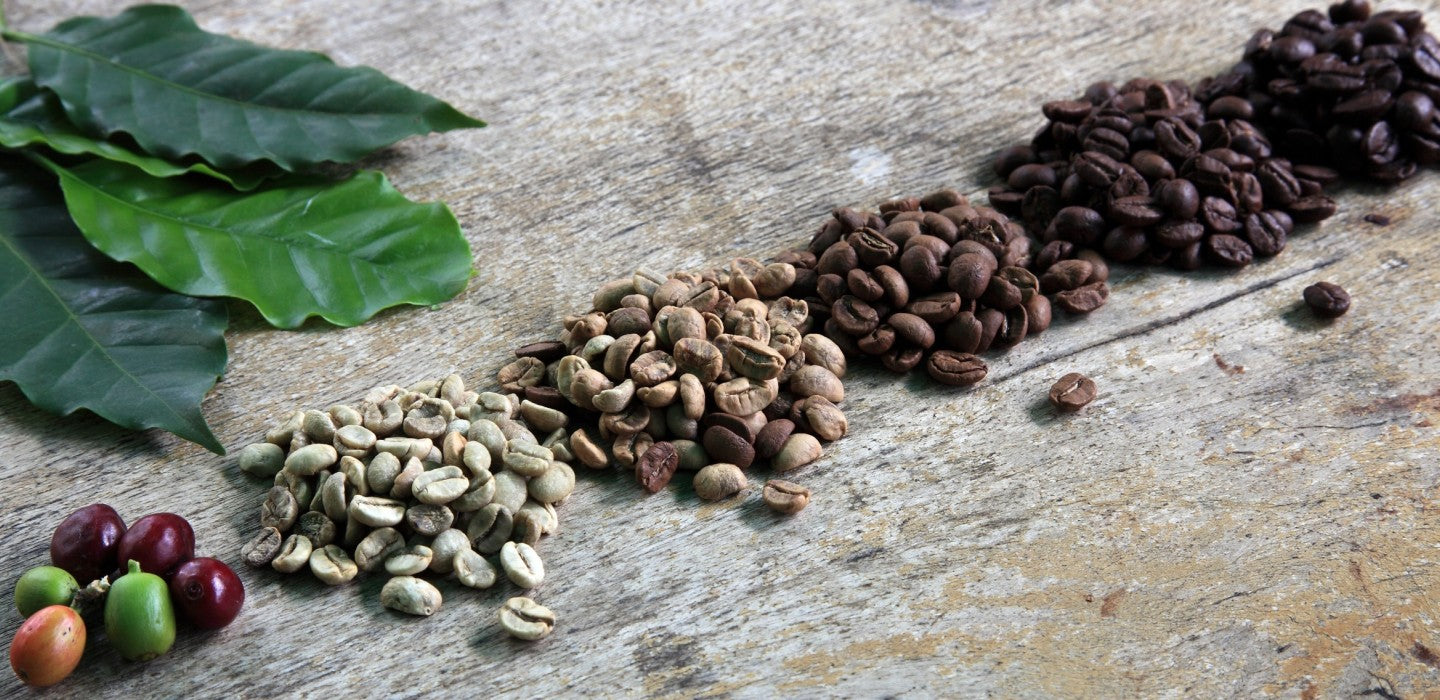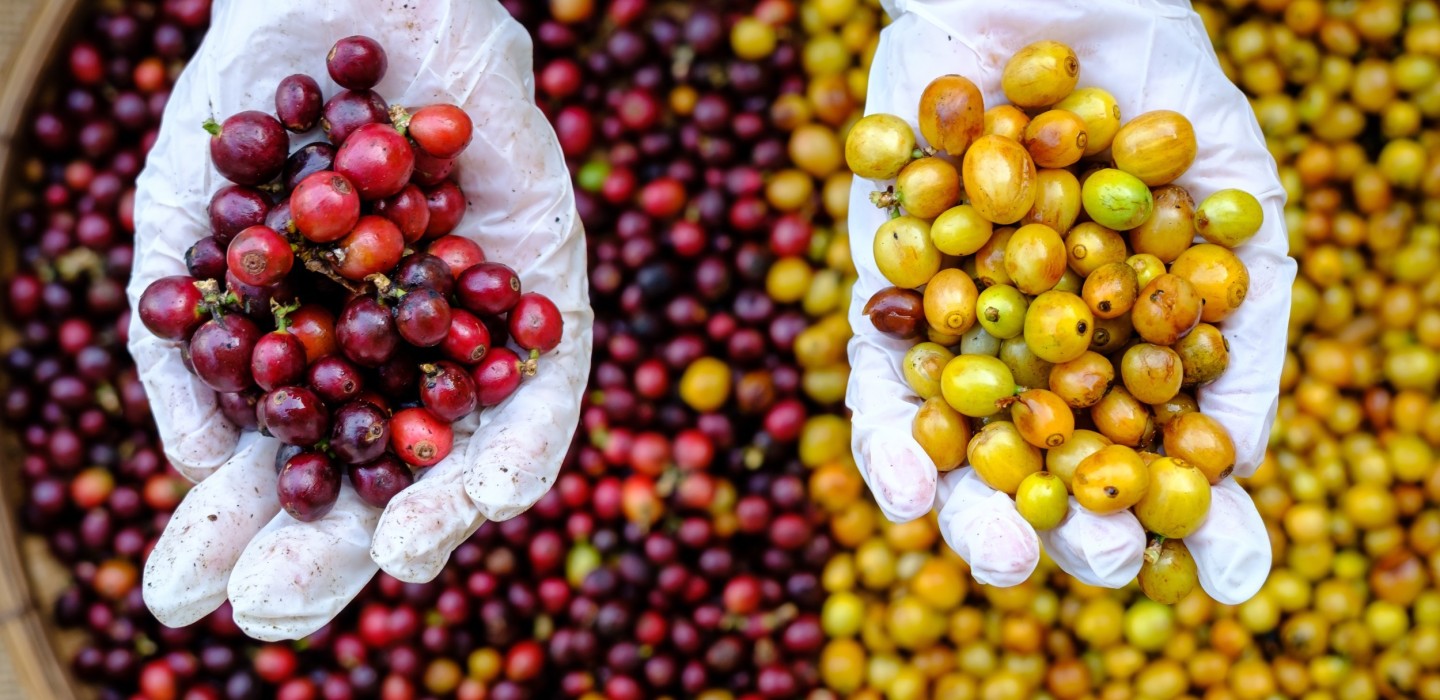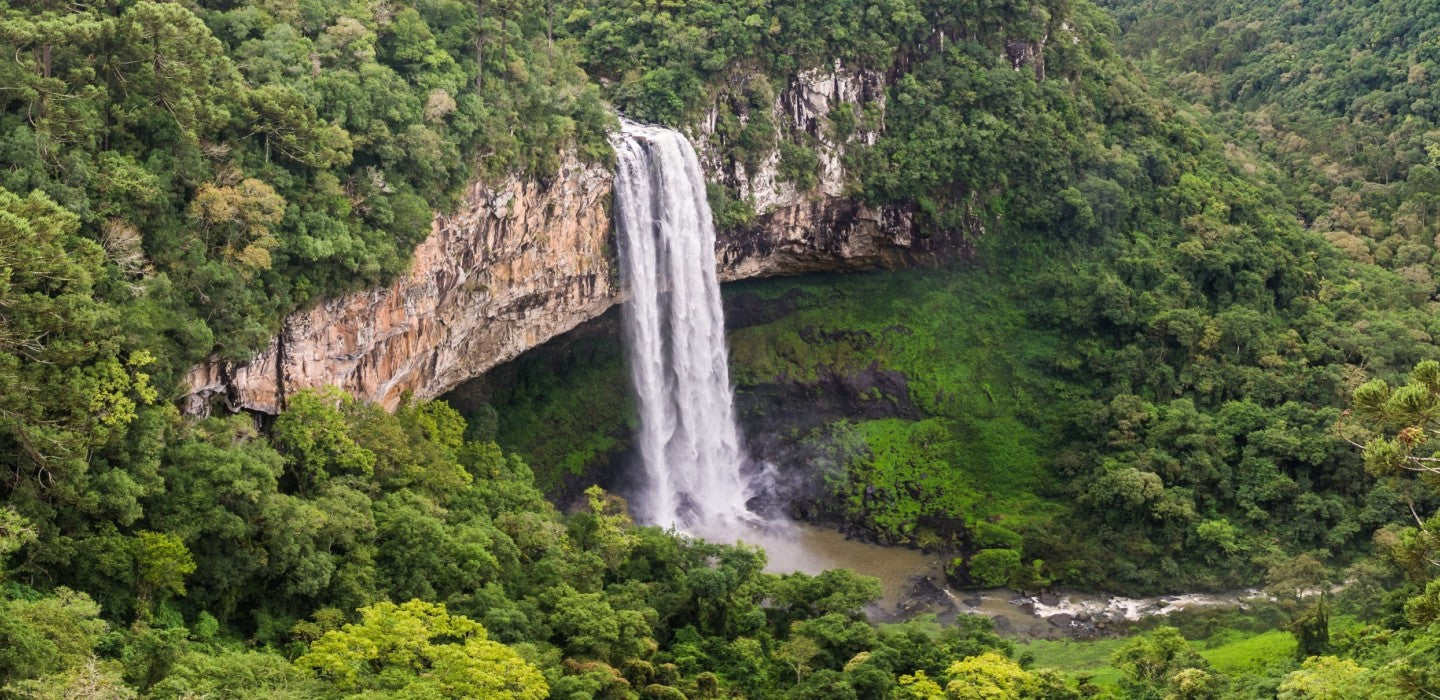The Intricate Role of 'Bräunungsgrad' in Experiencing Exceptional Coffee
Understanding 'Bräunungsgrad'
When it comes to coffee roasting, one essential element that we pay significant attention to is 'Bräunungsgrad.' This term refers to the distinct shades that roasted coffee can exhibit due to varying roasting durations, or quite simply put, its 'roast level.'
The roasting spectrum usually spans from a light brown to almost black. The exact 'Bräunungsgrad' is largely dependant on two key factors: the duration and heat applied while roasting a coffee bean. As a general rule, we find that higher roasting temperatures yield a darker 'Bräunungsgrad.' Importantly, this roasting degree can an indicator of the taste profile of the brewed coffee.
Navigating the Different 'Bräunungsgrade'
In the realm of coffee roasting, there is a plethora of 'Bräunungsgrade.' The lightest shade reminds one of cinnamon and is aptly termed the Cinnamon Roast. The New England Roast, a tad bit darker than the Cinnamon Roast, features a light brown shade. Following these lighter roasts, we have the American Roast, characterized by a medium brown color.
Signifying a departure from the lighter roasts, the City Roast is darker than the American Roast but still features a medium brown shade. The Full City Roast heralds the commencement of darker roasts and sports a medium dark brown hue. From this grade, the beans start to exhibit a slight oily gloss.
The shades deepen with the Vienna Roast, characterized by a more intense shade of dark brown. The French Roast takes the darkness up a notch and is notably shiny. The darkest roast level, referred to as the Italian Roast, flaunts an intense dark brown color accompanied by a profound gloss.
Decoding the Taste Element in 'Bräunungsgrad'
While the Bräunungsgrad primarily provides an insight into the roast level or the intensity and duration of the roasting process, it profoundly impacts the flavors and aromatic qualities of the coffee. We notice that coffee with a light Bräunungsgrad is roasted for a shorter duration, which allows the fruity notes of the fruit acids to be preserved.
Conversely, darker coffee is roasted for a longer period, leading to a breakdown of more acids and formation of increased bitter components. This often results in a slightly sweet yet somewhat bitter tasting coffee.
Insights and Conclusions
Unraveling the mysteries of 'Bräunungsgrad' gives us an enriched understanding of coffee roasting and its diverse outcomes. It unveils how the dark art of coffee roasting leverages time and temperature to stir up hues that evoke appealing visual cues and influence the taste profiles of our beloved brew.
We, the passionate coffee consumers, get an intimate peek into the interplay of factors affecting our coffee's taste, allowing us to better appreciate the subtleties of our morning cup. From the light Cinnamon Roast with its inherent fruity notes to the intensely dark and glossy Italian Roast with its nuanced bittersweet symphony, every 'Bräunungsgrad' manifests a unique coffee experience.
Therefore, understanding 'Bräunungsgrad' transcends beyond mere knowledge; it empowers us to curate our coffee encounters with expert precision, setting the stage for brewing not just a beverage, but an experience, one cup at a time.



Leave a comment
This site is protected by hCaptcha and the hCaptcha Privacy Policy and Terms of Service apply.